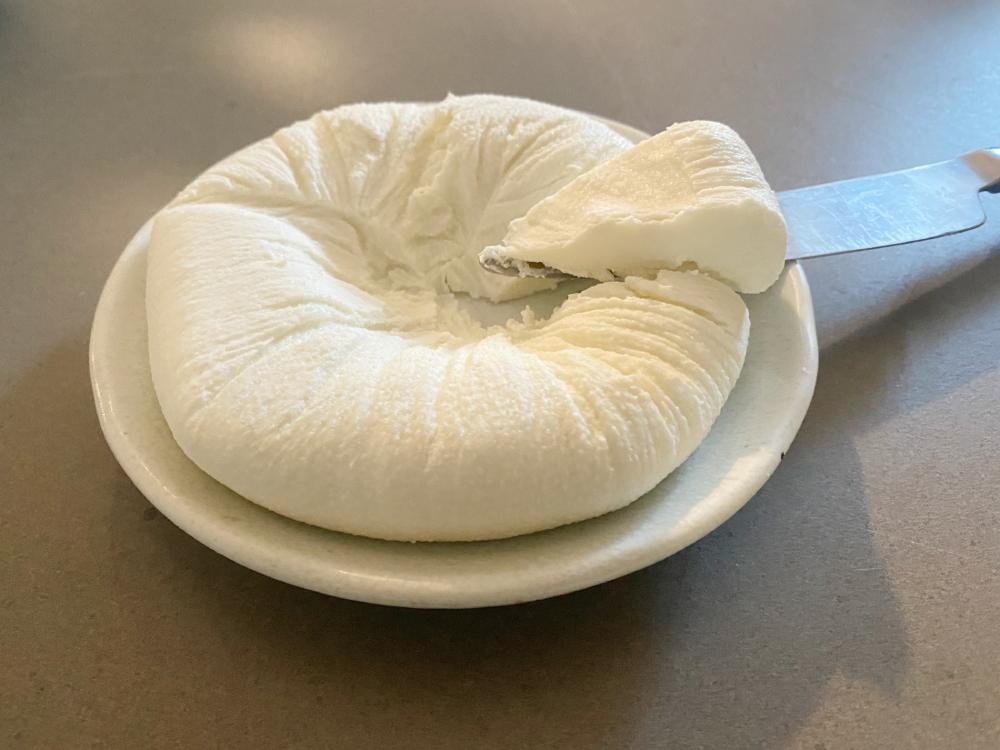How to make paneer goat cheese
Lectin-Light
Gluten-Free
Sugur-Free
Anti-Inflammatory
If you’re wanting to know how to make paneer goat cheese, a delicious and healthy cheese alternative, look no further. This homemade paneer made from goat’s milk is a great option. Goat’s milk is not only lower in lactose than cow’s milk, but it also contains a different protein structure, known as A2 protein. In contrast, cow’s milk contains both A1 and A2 proteins.
Recent studies suggest that the A1 protein in cow’s milk may be linked to digestive discomfort in some people. This is because A1 protein is broken down in the gut into a peptide called beta-casomorphin-7 (BCM-7), which may cause inflammation in the gut and contribute to digestive issues such as bloating, gas, and diarrhea.
In contrast, goat’s milk contains mostly A2 protein, which does not break down into BCM-7 and is therefore less likely to cause digestive discomfort. Additionally, goat’s milk has a unique protein structure that makes it easier to digest, making it a great alternative for people who are lactose intolerant or have trouble digesting cow’s milk.
You can’t get easier than a 2 ingredient recipe. Whip up a goat milk paneer in just half and hour, and let it set.
By learning how to make paneer goat cheese at home, using goat’s milk, you can enjoy the delicious taste and health benefits of this nutrient-rich milk without any of the digestive discomfort associated with cow’s milk. Follow our recipe above to make your own paneer cheese and experience the benefits of goat’s milk for yourself.
How to make paneer goat cheese: Ingredients
To make paneer cheese using goat’s milk and lemon juice, follow these instructions:
Ingredients:
- 1 litre of goat’s milk
- 3-4 tablespoons of freshly squeezed lemon juice
Tools:
- A large saucepan
- A stirring spoon
- Cheesecloth, muslin cloth or new, cleaned kitchen wipe (pictured).
- A strainer
- A heavy object (such as a book) for pressing the cheese
How to make paneer goat cheese: Instructions
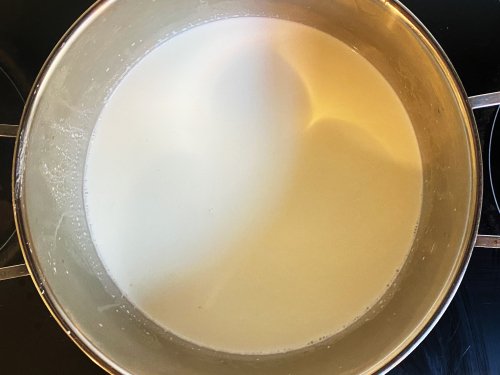
Step 1.
Pour the goat’s milk into a large saucepan and heat it on medium heat until it comes to a boil. Stir the milk occasionally to prevent it from scorching at the bottom of the pan.
Step 2.
Once the milk has come to a boil, reduce the heat to low and add the lemon juice while stirring. Continue stirring until you see the milk start to curdle and the whey separate from the curd. This should take about 1-2 minutes.
Step 3.
Once you see a clear separation between the curd and whey, turn off the heat and let the mixture sit for 5-10 minutes to allow the curd to fully form.
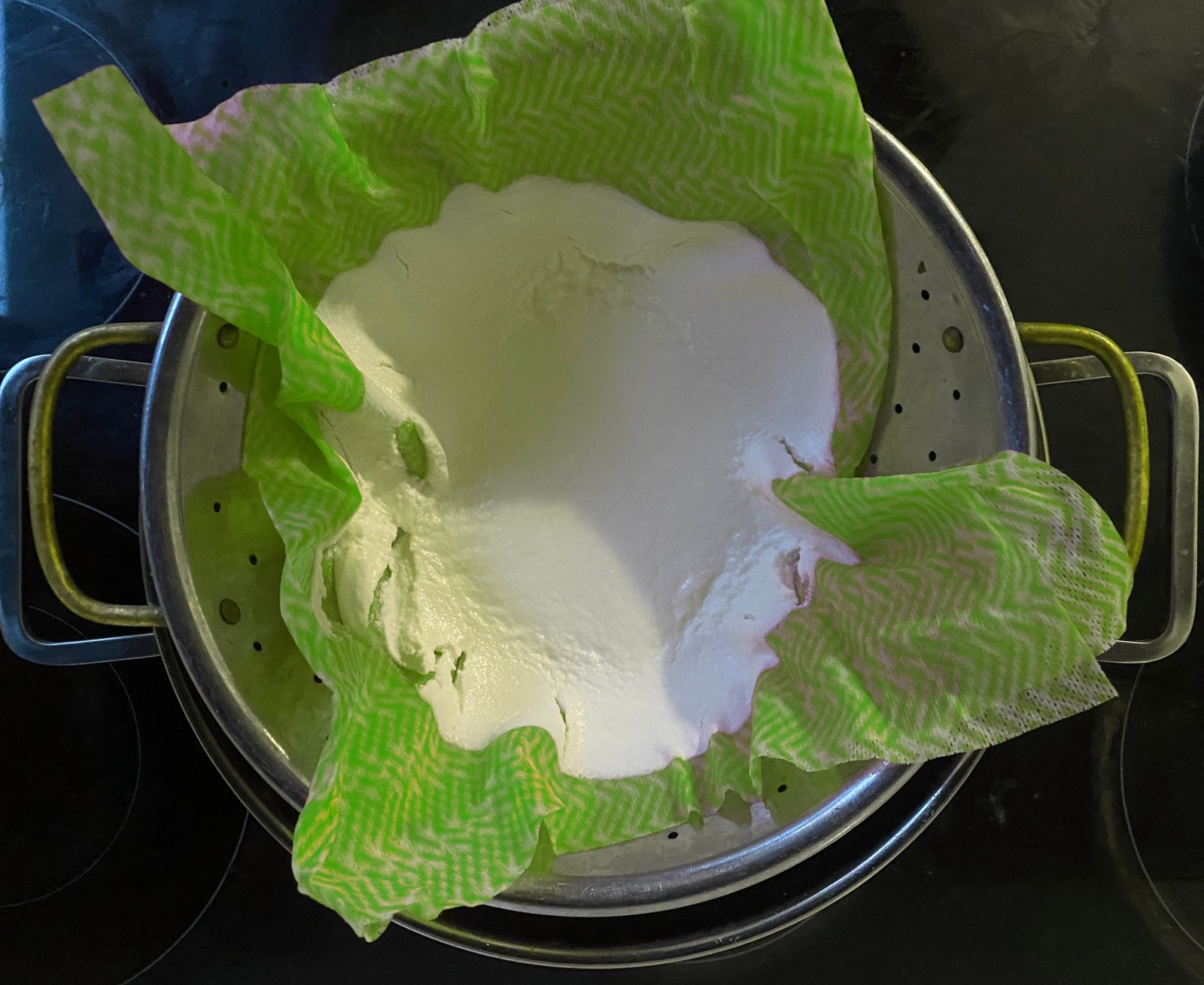
Step 4.
Line a strainer with cheesecloth or muslin cloth and place it over a bowl. I used a brand new, washed kitchen wipe as I didn’t have cheesecloth or muslin. Carefully pour the curdled milk through the strainer to separate the curd from the whey. Reserve the whey for later use in another recipe if desired.
Step 5.
Rinse the curd gently with cold water to remove any lemony taste (this is an optional step, I didn’t do this and my paneer didn’t taste lemony) and then gather the edges of the cheesecloth and squeeze out tightly to remove any excess liquid.
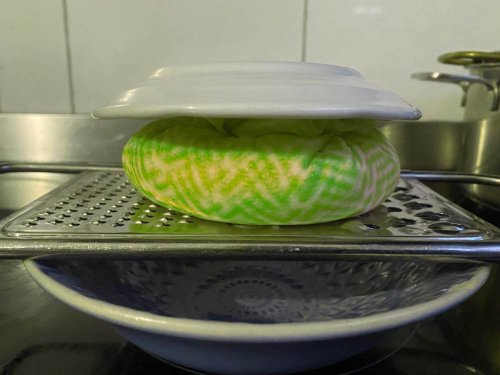
Step 6.
Place the cheese in a flat dish lined with cheesecloth and shape it into a block. I shaped mine into a disk shape. Make sure the cheese is completely wrapped. At this stage I sat my wrapped cheese on a flat grater over a bowl and pressed down to remove even more excess liquid. Place a heavy object (such as a book or a heavy can) on top to press it for 1-4 hours. Again, I sat mine on a grater over a bowl in the fridge, with a heavy can on top, to ensure excess liquid drained out. You could also sit it on an inverted colander bowl to do the same.
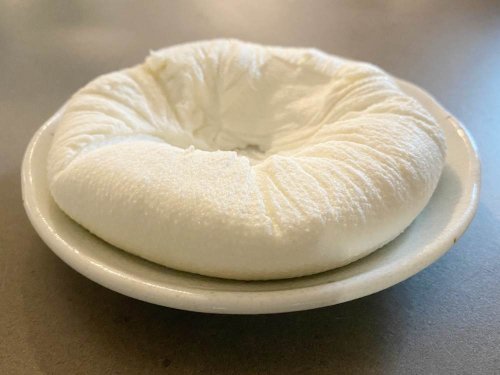
Step 7.
After pressing and setting, unwrap from the cheesecloth and store the paneer can be stored in an airtight container in the refrigerator for up to 2 weeks.
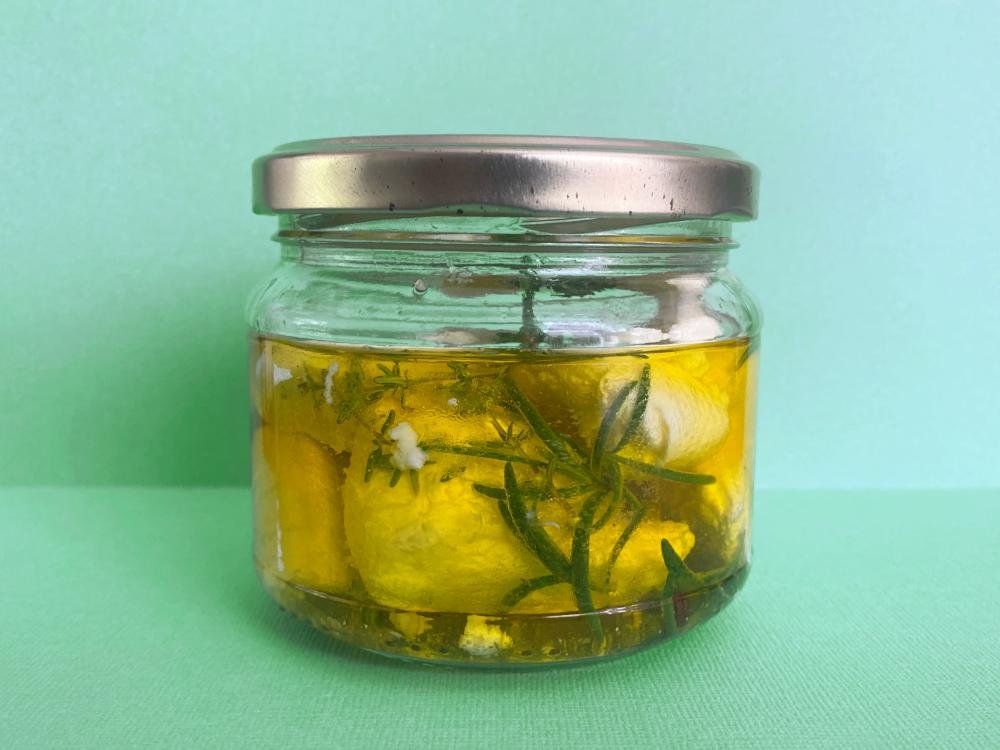
Step 8. (optional)
Marinate your home made goat milk paneer in cold press olive oil, add sprigs of fresh rosemary, thyme, a sprinkling of salt, and whole peppercorns.
Your homemade paneer cheese made with goat’s milk and lemon juice is now ready to be used in your favourite recipes!
The Gentle and Calm Gut eBook
Are you tired of dealing with digestive discomfort and gut issues? Do you want to learn how to calm your gut and improve your overall health and wellbeing? If so, “The Gentle and Calm Gut eBook” is for you!
In this comprehensive guide, I share my personal journey of healing a damaged gut and provide valuable insights into how lectins can impact gut health. I also discuss the dietary measures I took to restore my gut health and promote a gentle and calm digestive system.
Inside “The Gentle and Calm Gut eBook,” you’ll discover:
- The basics of gut health and how it impacts your overall wellbeing
- The role of lectins in gut health and how they can affect some people with a sensitive gut
- Tips and tricks for promoting a gentle and calm digestive system
This eBook is a must-read for anyone looking to improve their gut health and reduce digestive discomfort. It’s filled with practical advice, easy-to-follow tips, and personal experiences along the way to cultivating a gentle and calm gut.
Get your copy of “The Gentle and Calm Gut eBook” now!

